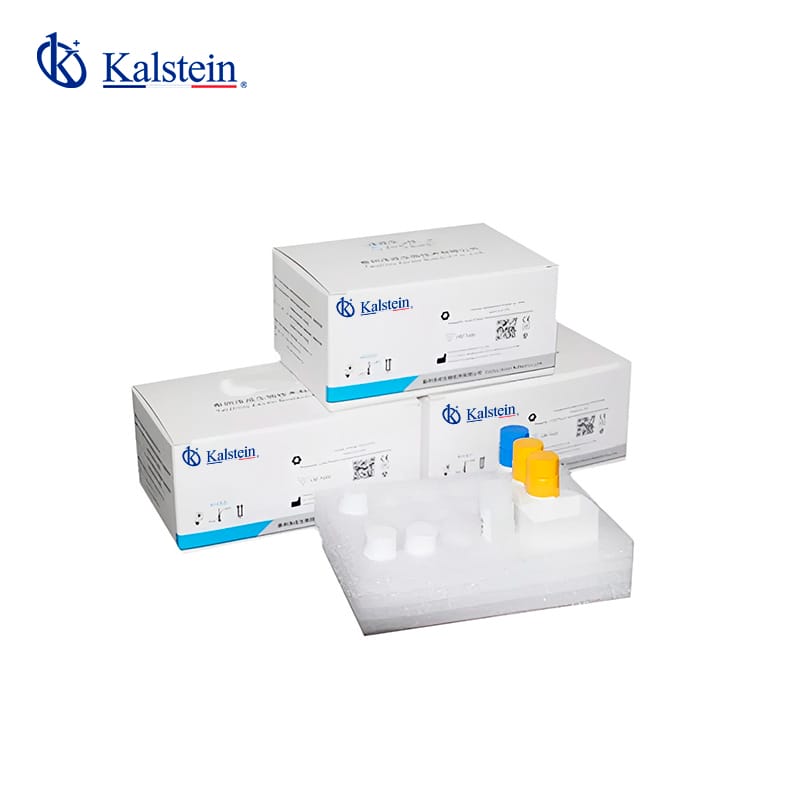Hematological reagents are chemical substances used in the diagnosis of different hematological diseases. These reagents are used to detect white blood cell, red blood cell and platelet counts, as well as the presence of certain antibodies. They are also used to detect the presence of abnormal hemoglobin, determine the serum iron level, and examine the morphology of white and red blood cells. It is important to note that hematological reagents have a high sensitivity, which means that the results can be reliable.
One of the most common hematology reagents is the hemogram test. This test determines the number of white blood cells, red blood cells and platelets in a blood sample. The cells are evaluated in a blood cell counter to determine the number of leukocytes, erythrocytes and platelets. This test is used to detect infections, anemia, immune system imbalances and to diagnose blood cancer.
Every bioanalytical laboratory offers hemograms as a minimum because of the usefulness of this test in medical diagnosis. For this reason, clinical laboratories do not skimp on purchasing the reagents needed for this test. Many reagent manufacturers have products for these analyses for sale at various prices; what is important is the quality of the reagent and its stability during use.
What are the most commonly used hematological reagents in laboratories?
A commonly used hematological reagent is the blood coagulation test. This test determines the ability of the blood to form a clot. This is done to evaluate for a possible clotting disease or disorder, such as a form of anemia or a defect in the clotting system. The results of the test can help confirm the diagnosis and determine the appropriate treatment. It is also one of the mandatory tests if the patient will undergo surgery, given the possibility of hemorrhage.
There are also some specialized hematological reagents for the detection of hematological biometry. These test blood biometry for malignant conditions such as leukemia and tumors. Early detection is key to the treatment and prevention of these diseases. This test is also used to monitor the progress of existing treatment.
The importance of hematology reagents for monitoring people’s health
Finally, hematology reagents are also used to measure iron levels in the blood. Low iron levels can be an indicator of iron deficiency, while elevated levels can indicate dysregulation of iron absorption. This test is used to diagnose anemia and establish appropriate treatment. If the diagnosis is iron deficiency anemia, the patient will most likely follow a diet of iron-rich foods or supplement an iron salt, so that serum iron levels can be increased to normal values.
In conclusion, hematological reagents are very important tests for the diagnosis, monitoring and prevention of different hematological diseases. These reagents provide useful information about the blood cell count, the level of iron in the blood, the presence of certain antibodies, and the morphology of blood cells.
In addition, some hematological reagents are used for the early diagnosis of certain cancers, such as leukemia. It is important to note that the results of these laboratory tests are reliable, so it is essential to perform them for accurate diagnosis and treatment. The results are usually presented qualitatively or quantitatively, in which case the treating physician will be in charge of making the diagnosis based on all the information gathered from the patient.
Kalstein Hematology Reagents
The hematological reagents supplied by the manufacturer Kalstein are of excellent quality, specially formulated for accurate and precise results and in compliance with international standards for this type of substances. Typical determinations of blood cells and metabolites indicative of liver and kidney function, as well as hemoglobin levels, can be made with our reagents. For those interested in our products, please refer to the web links HERE and HERE.

